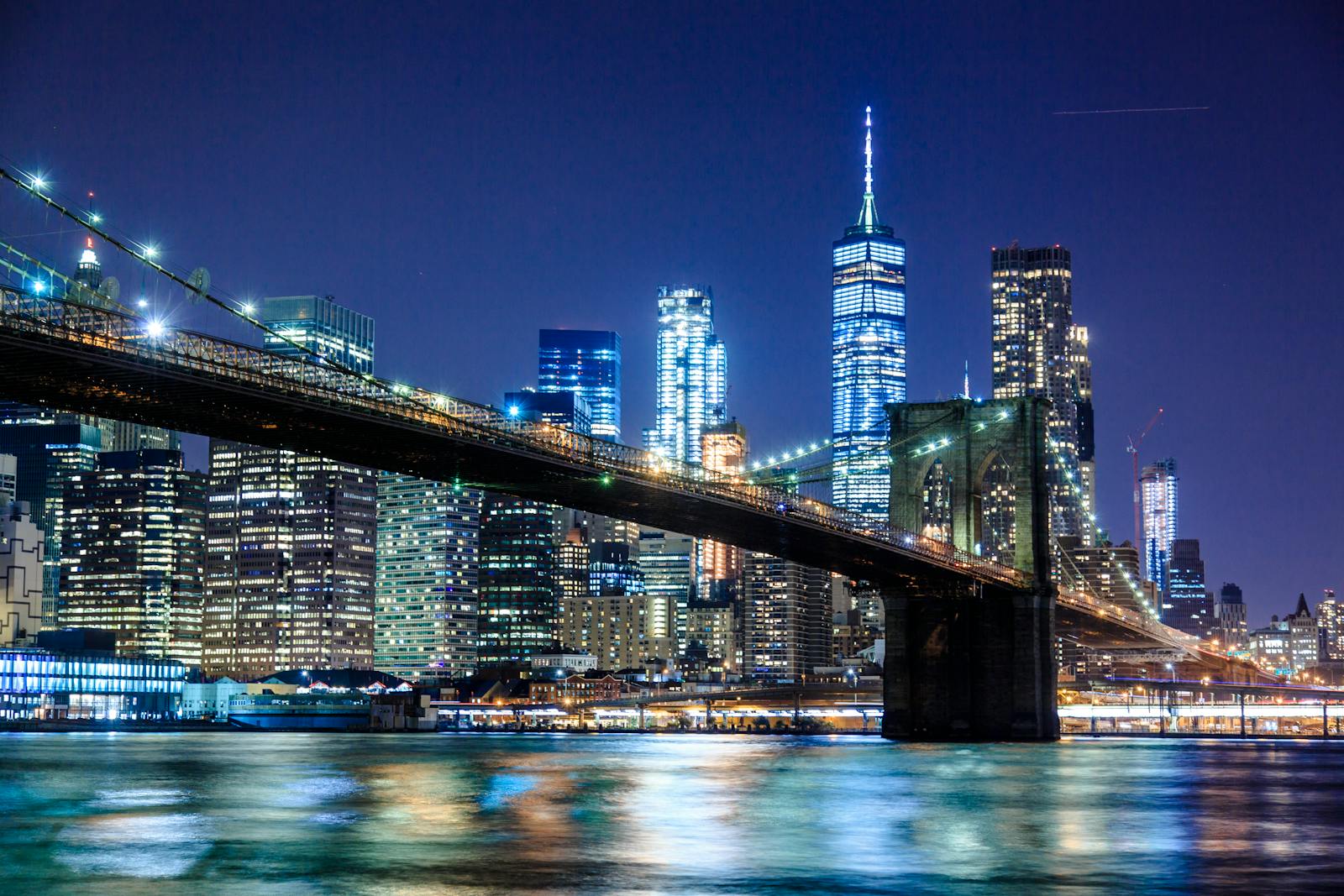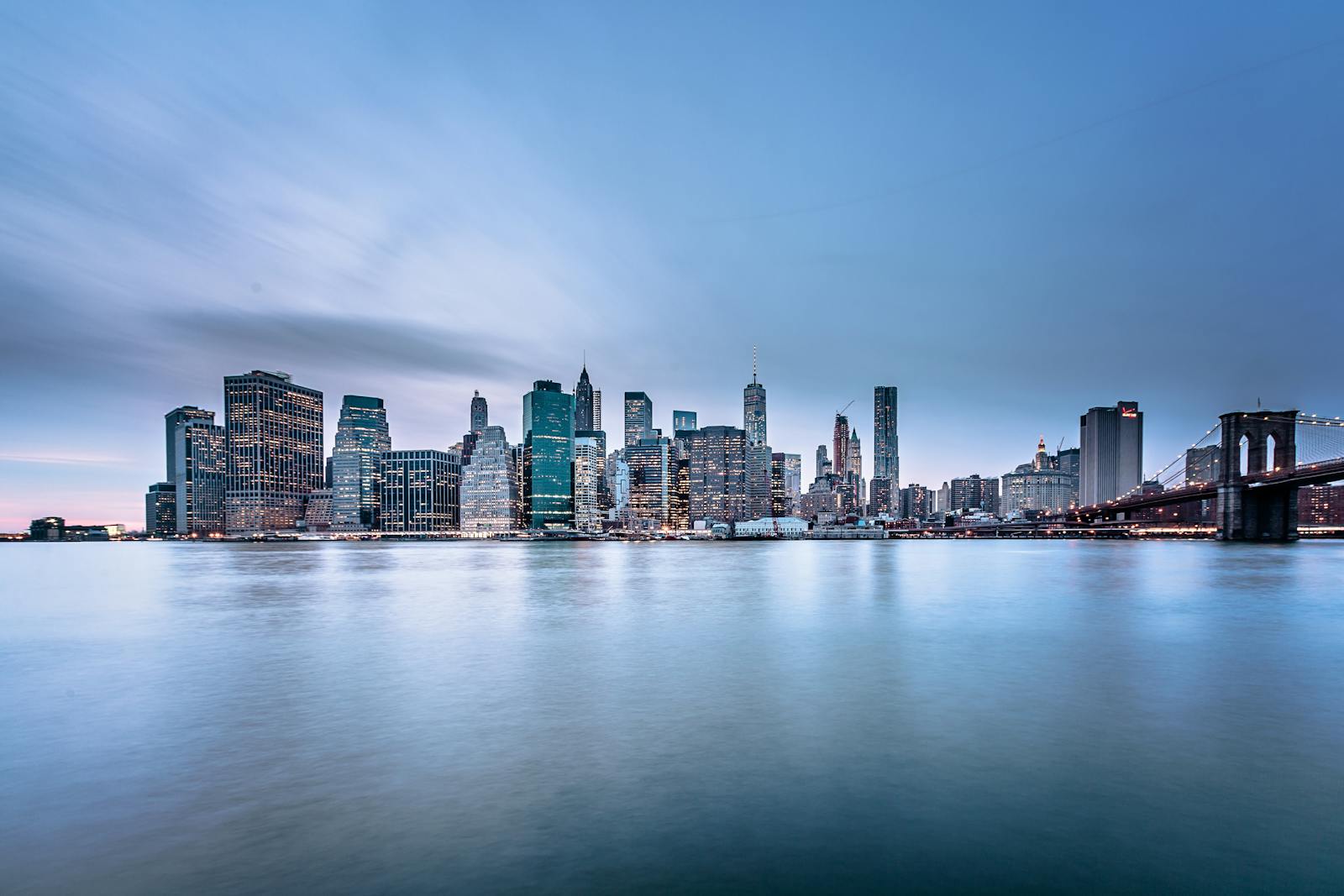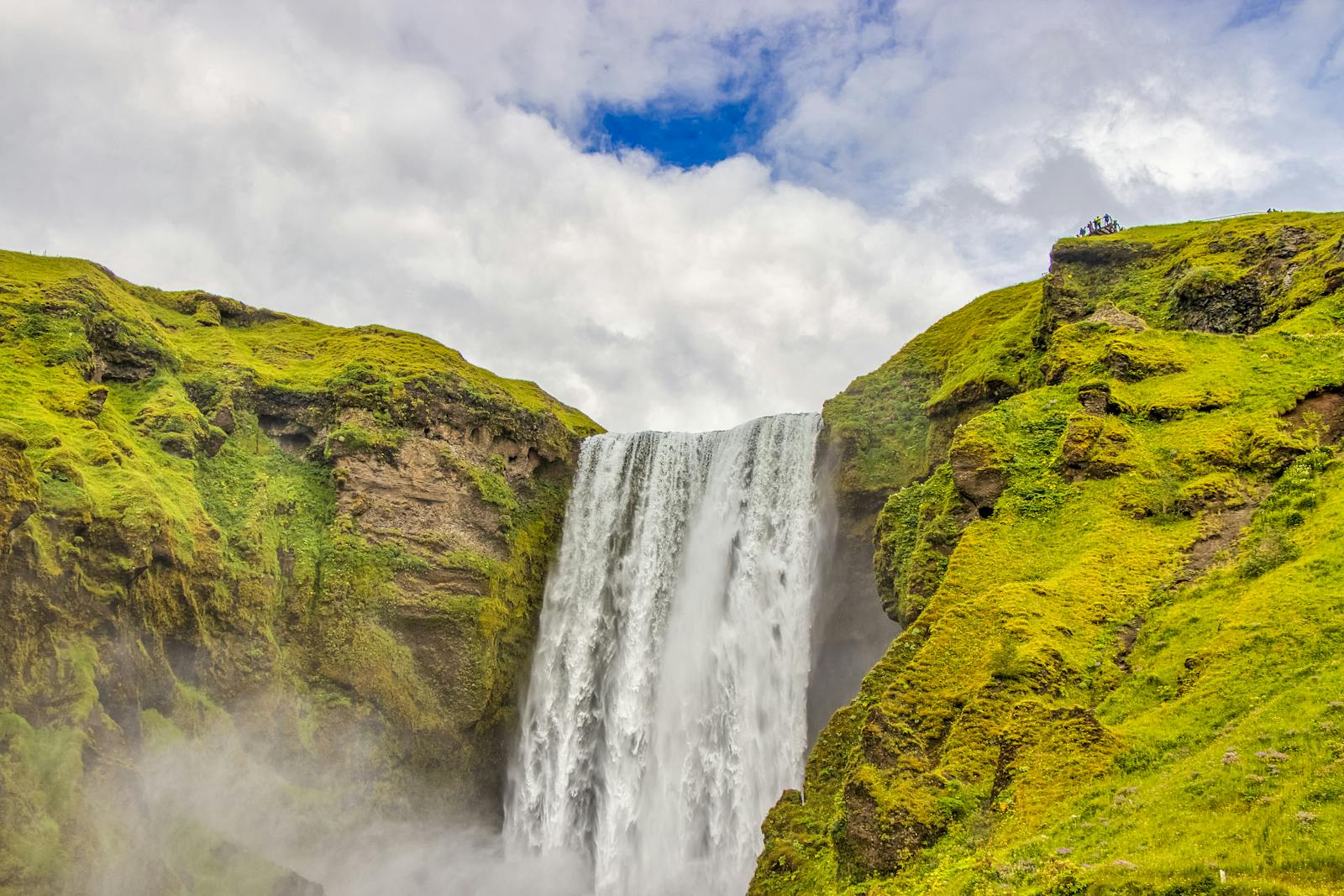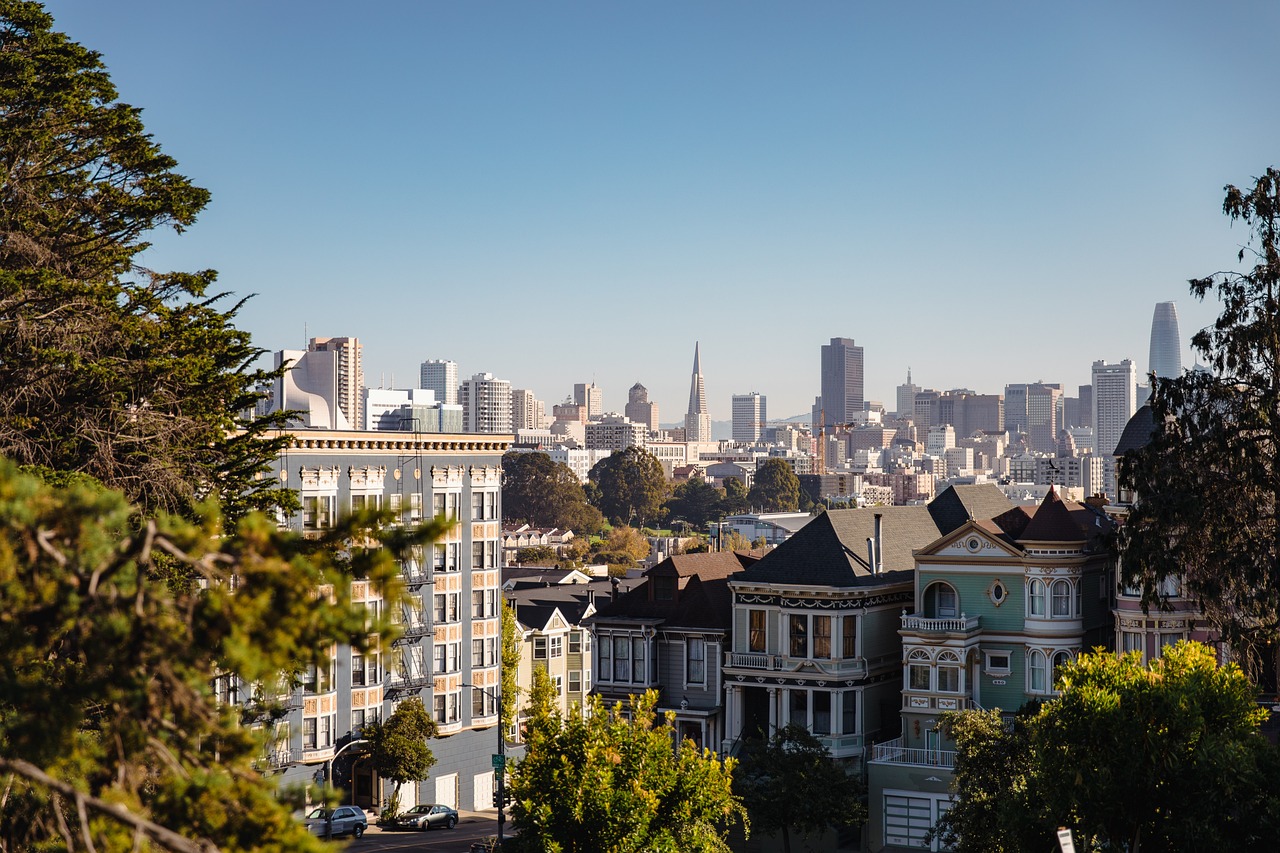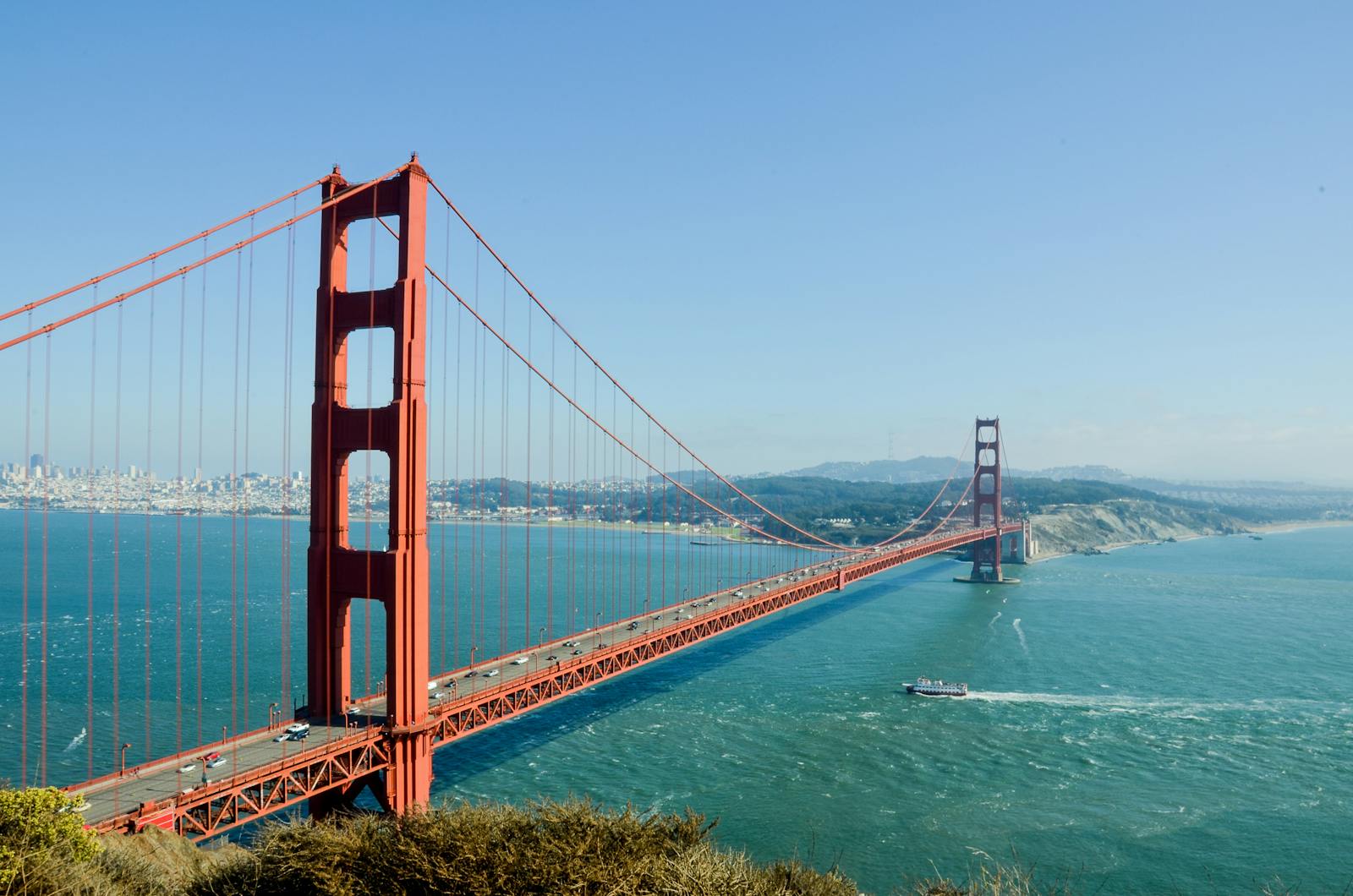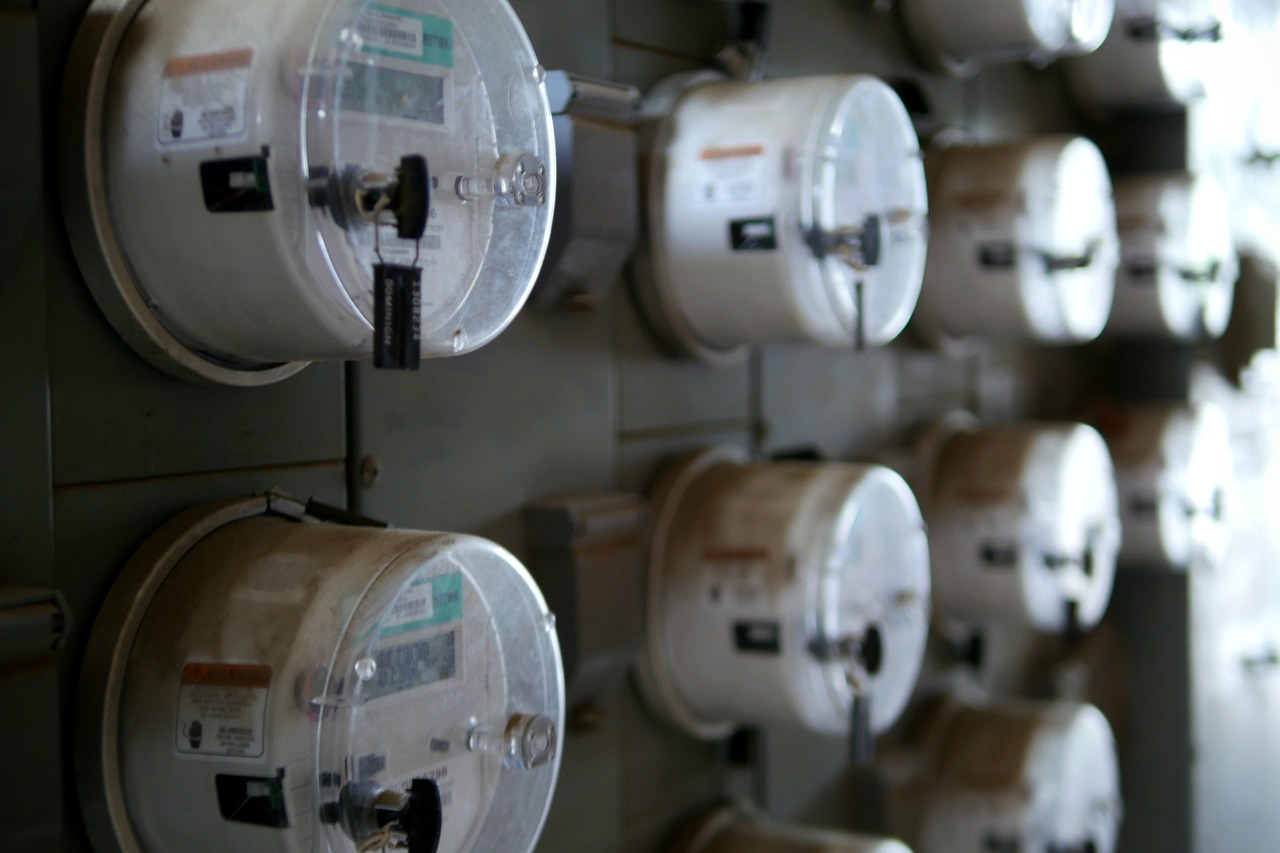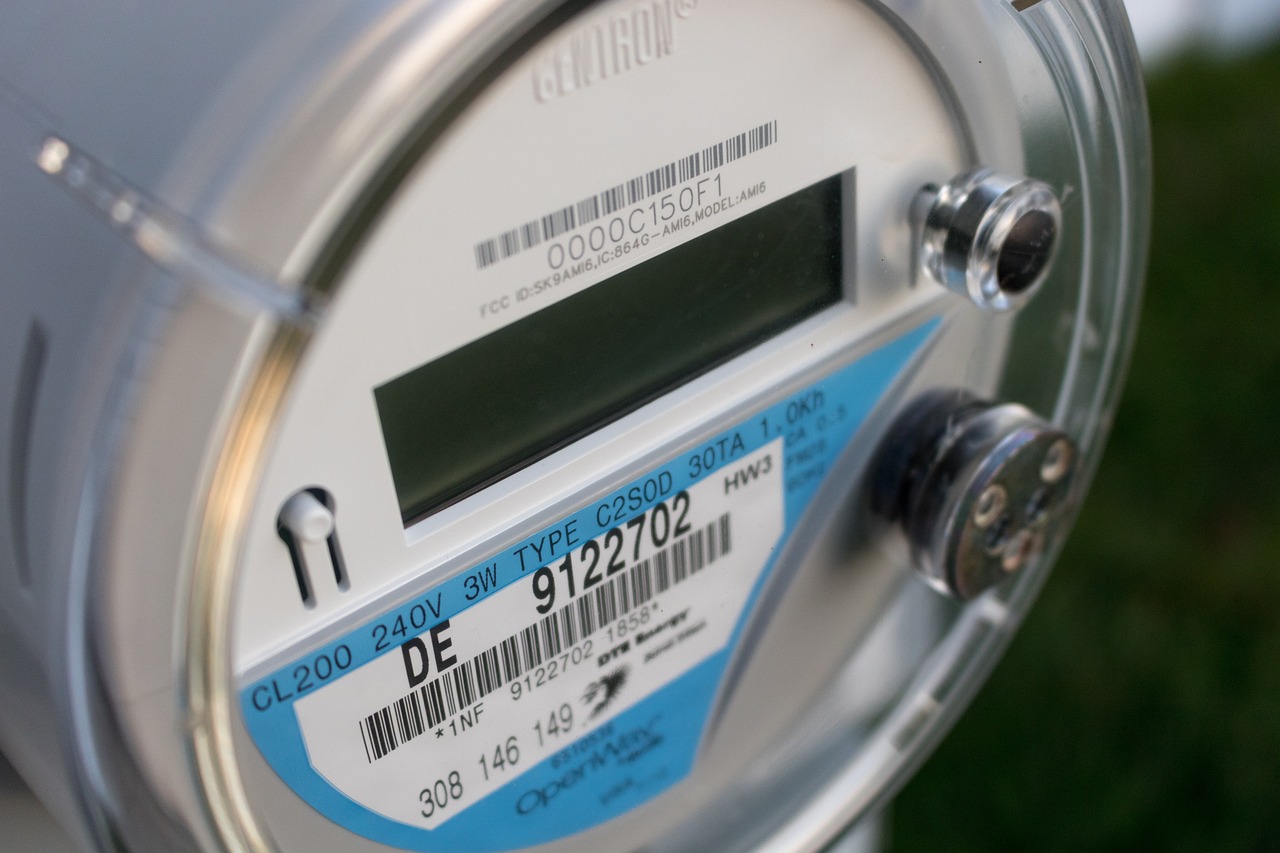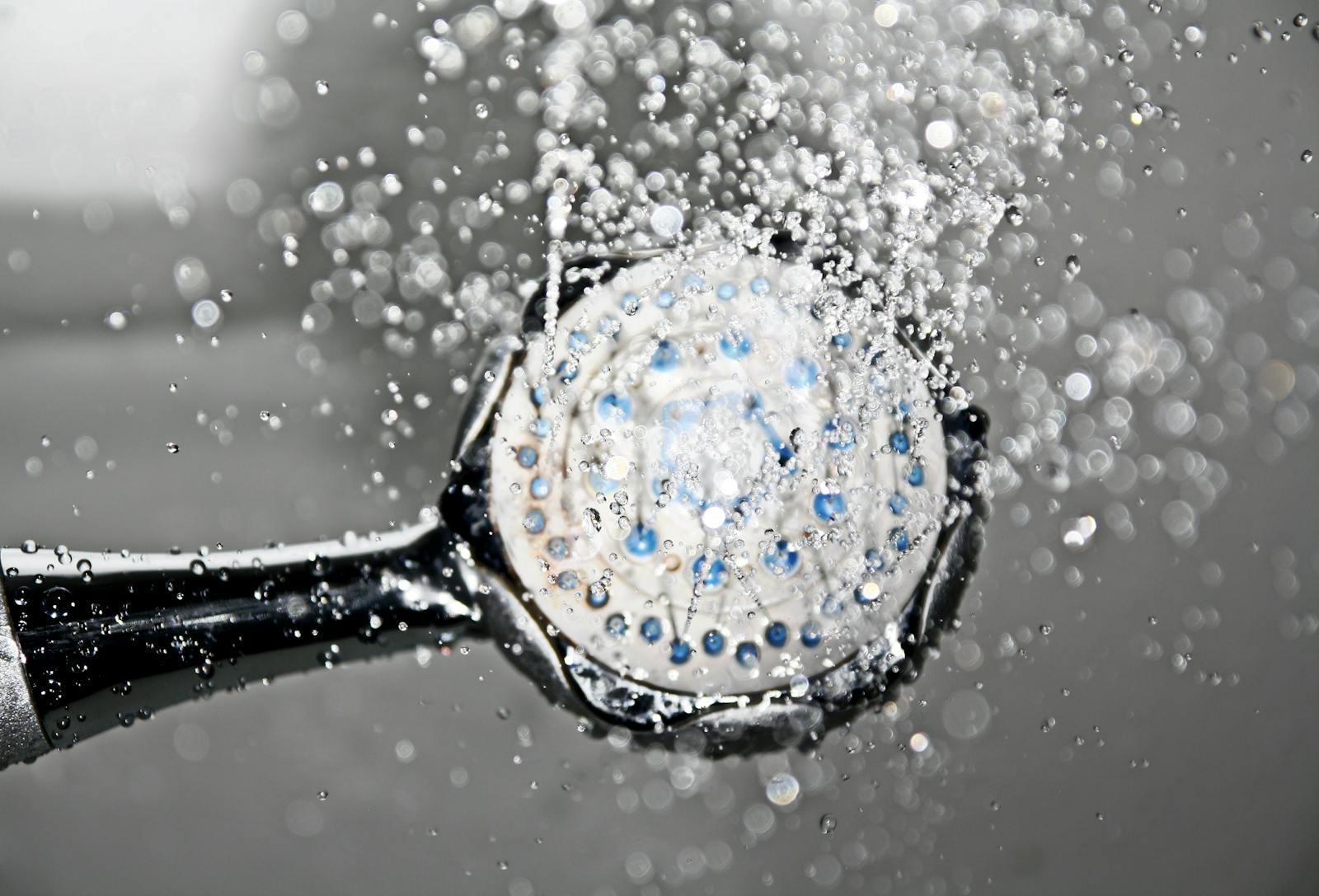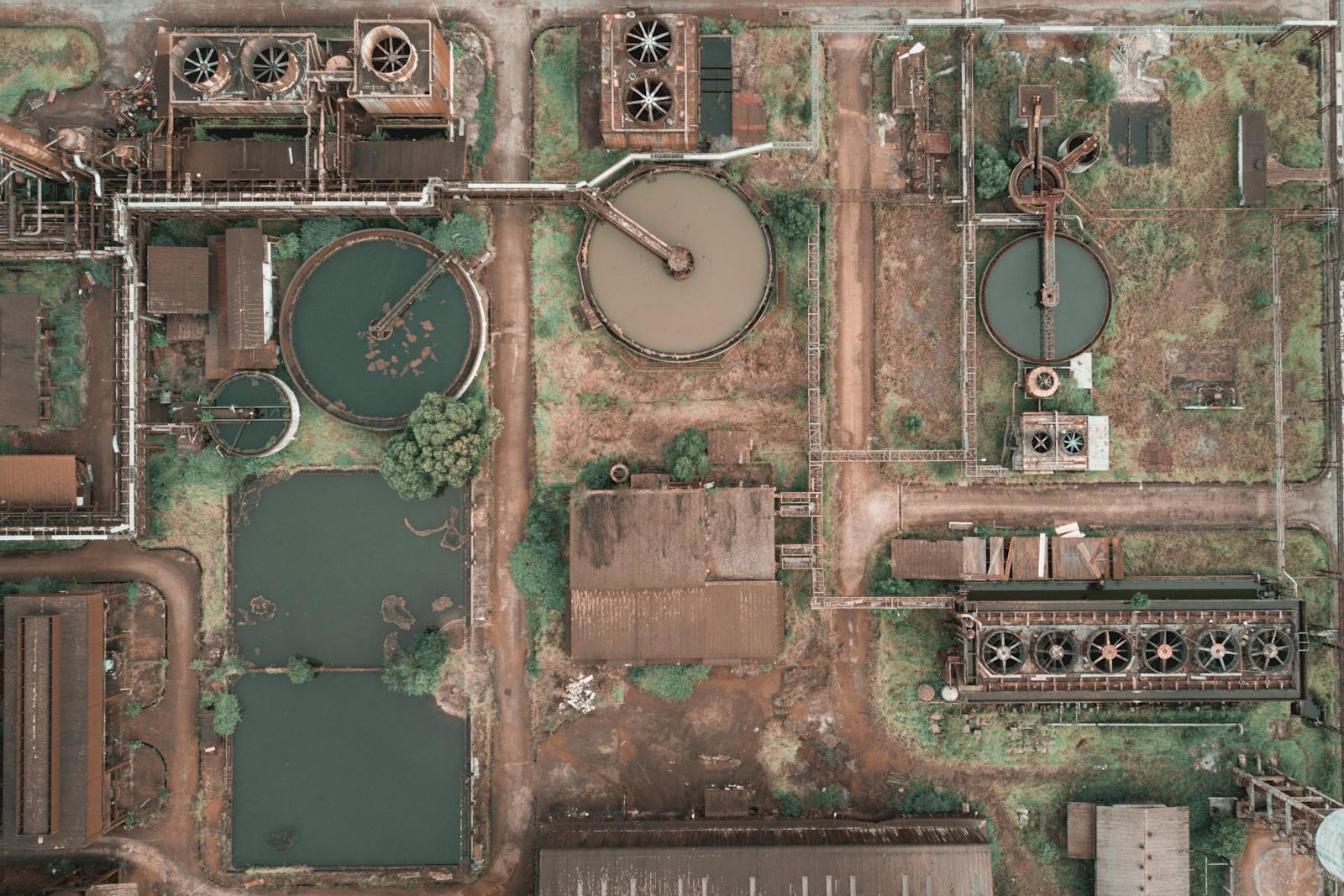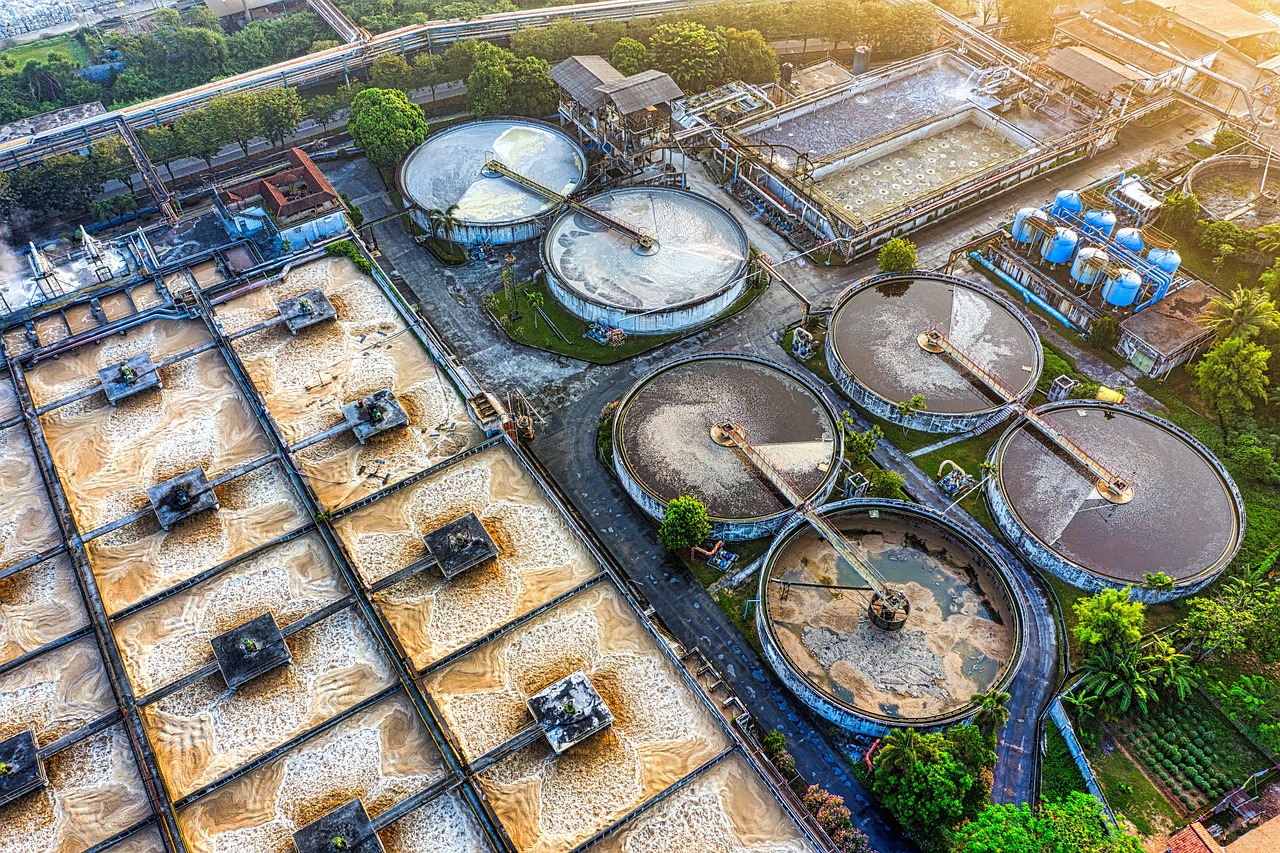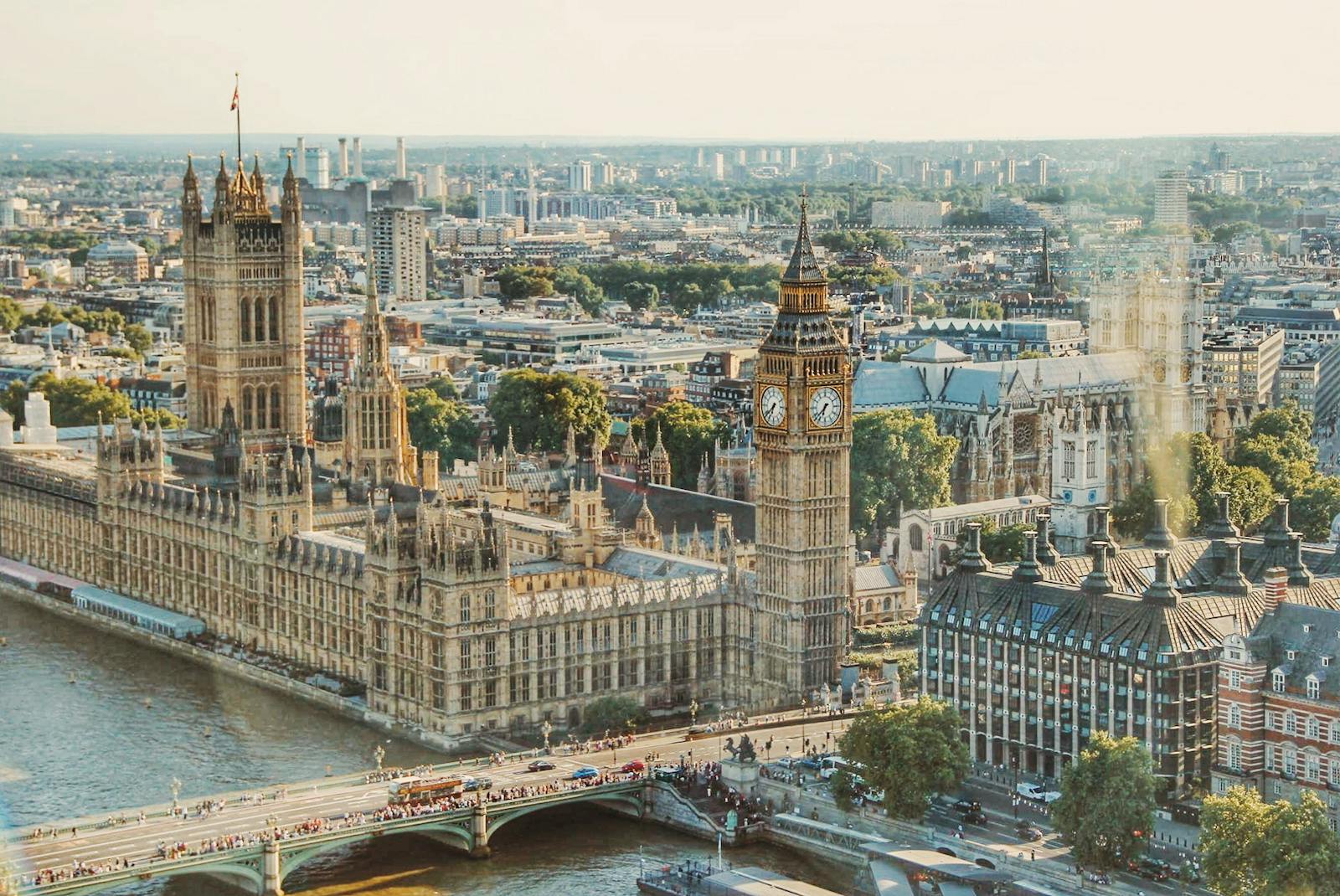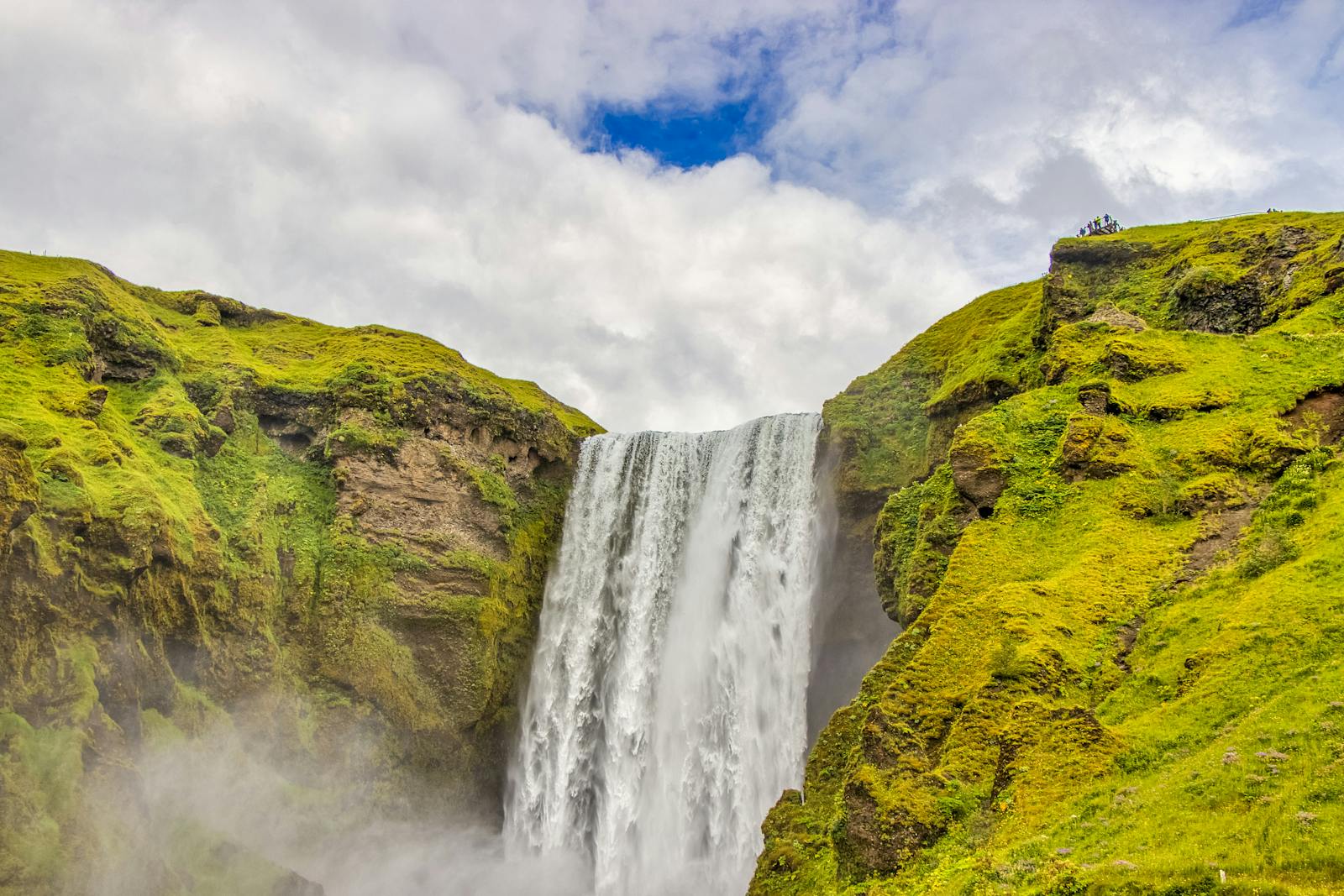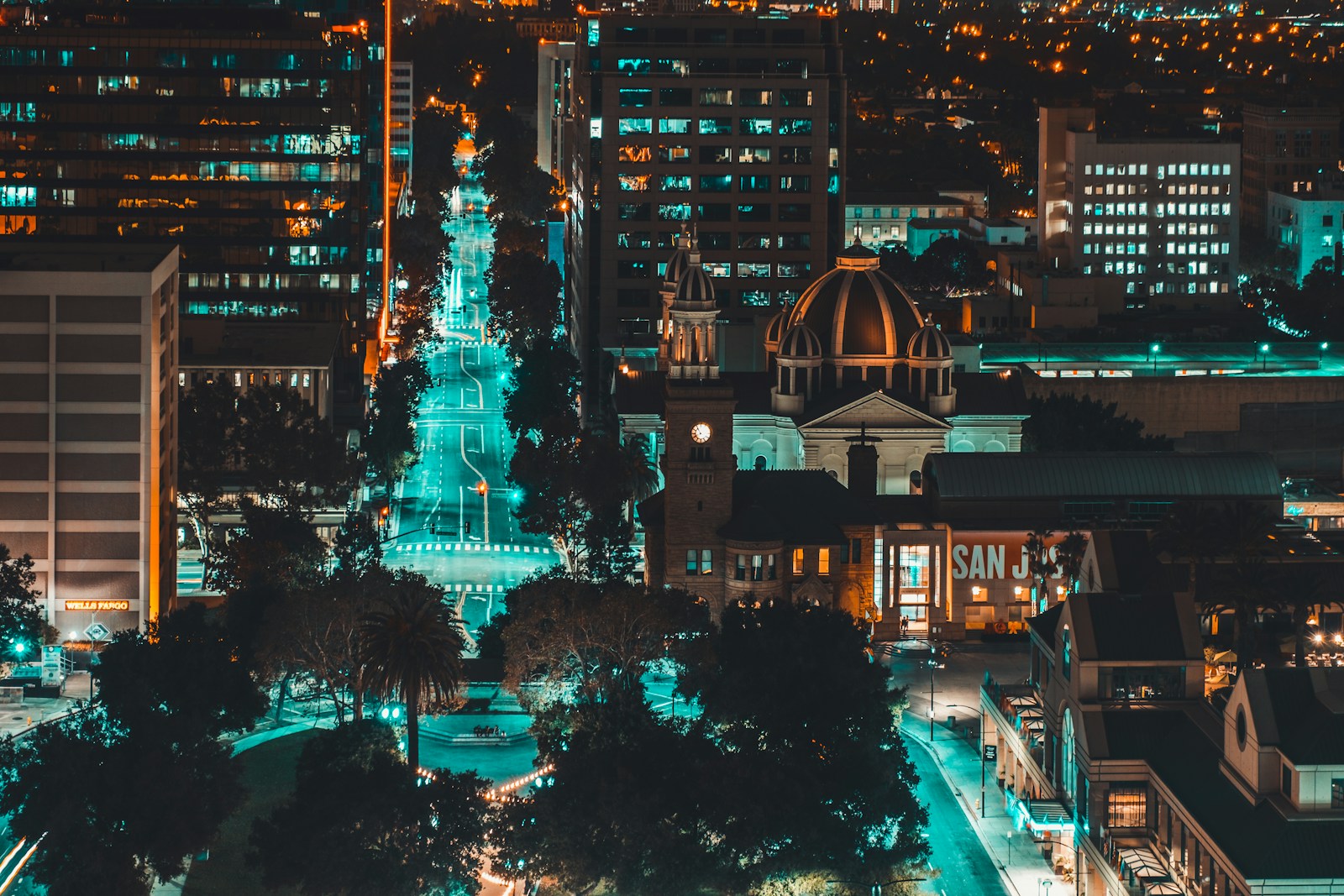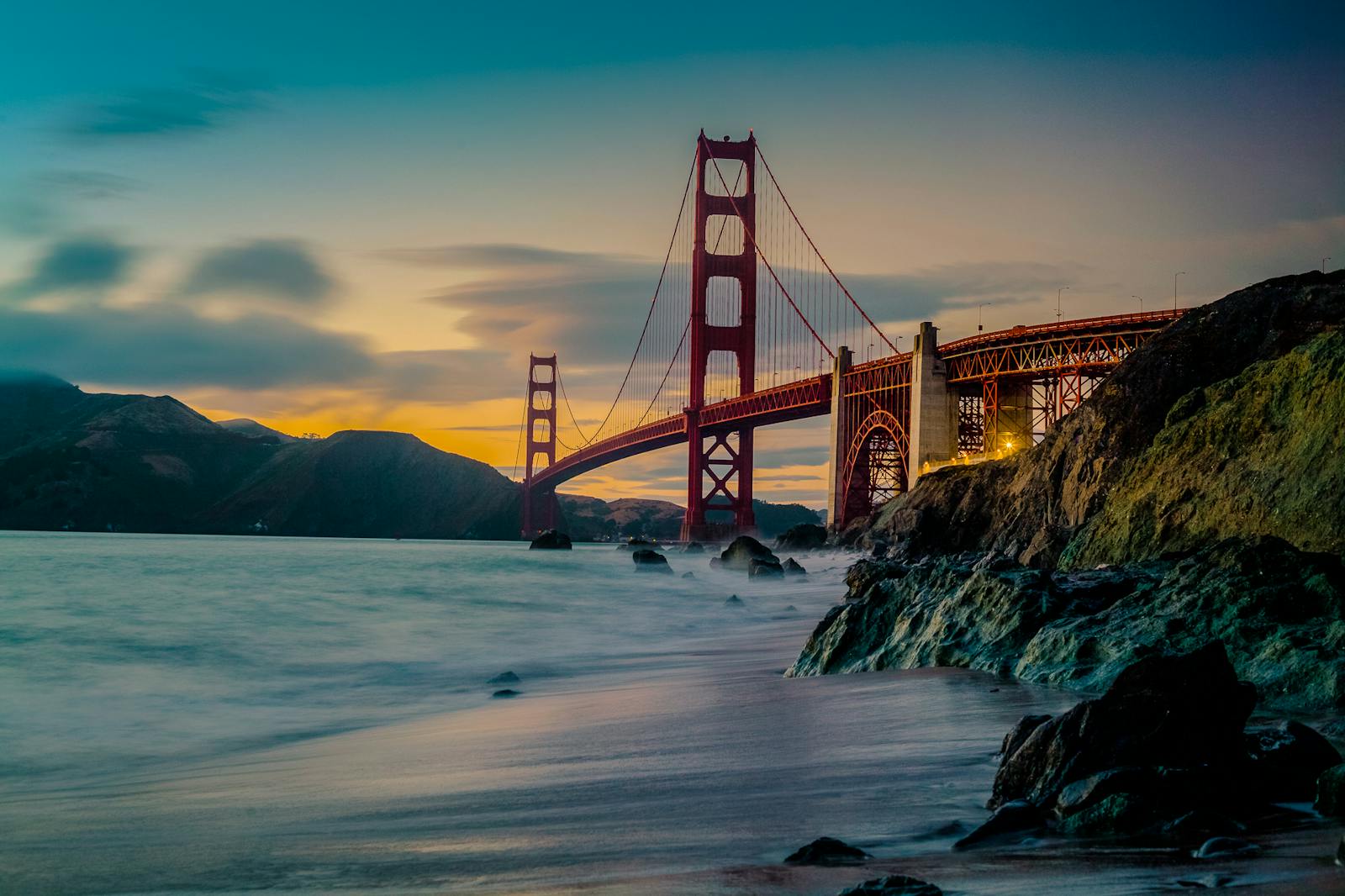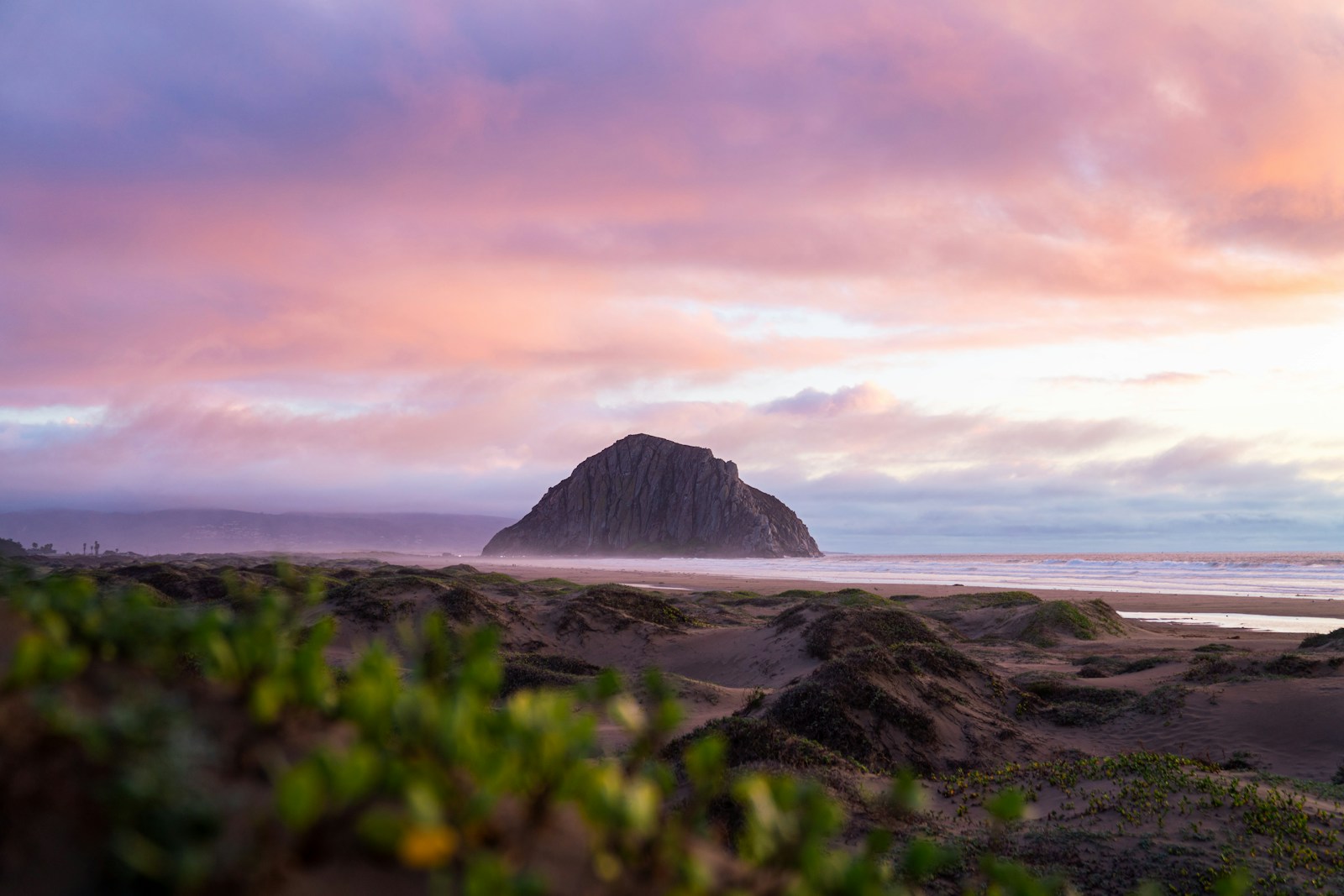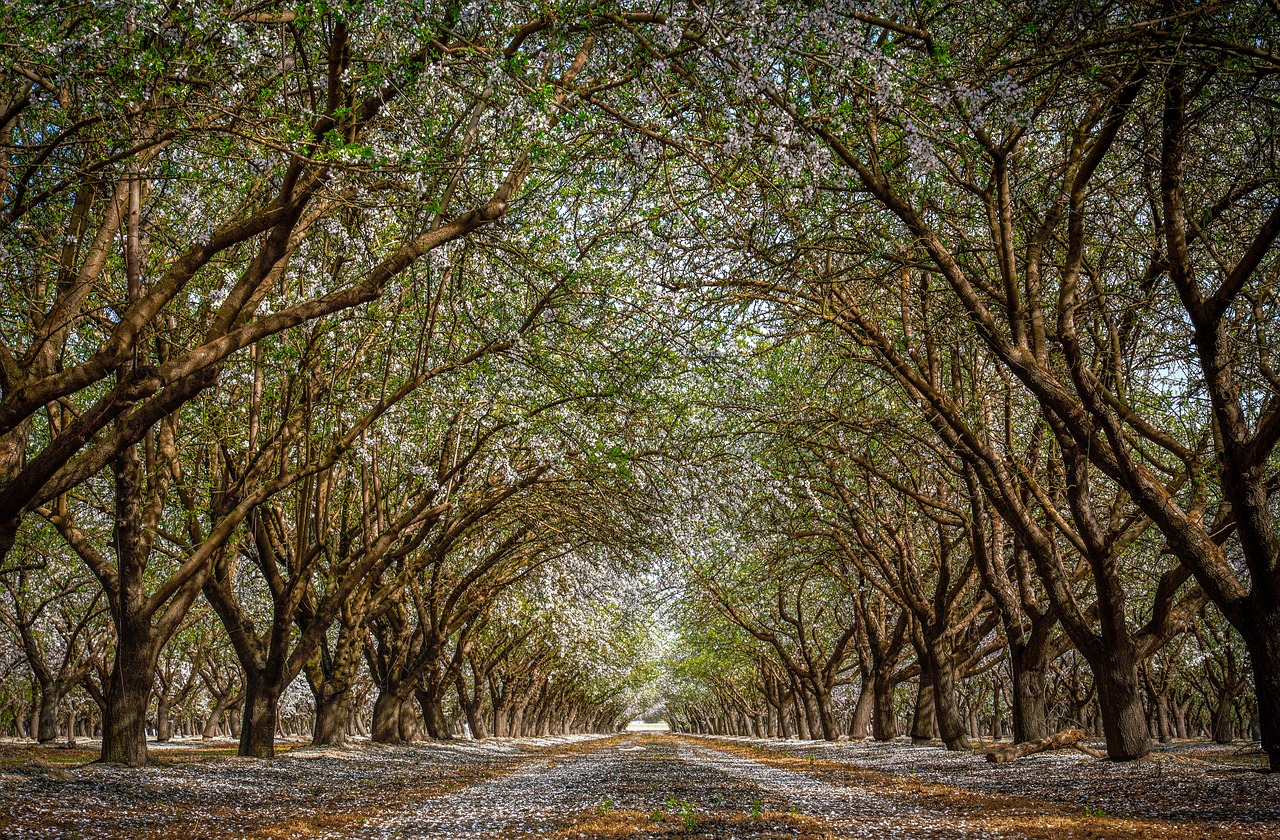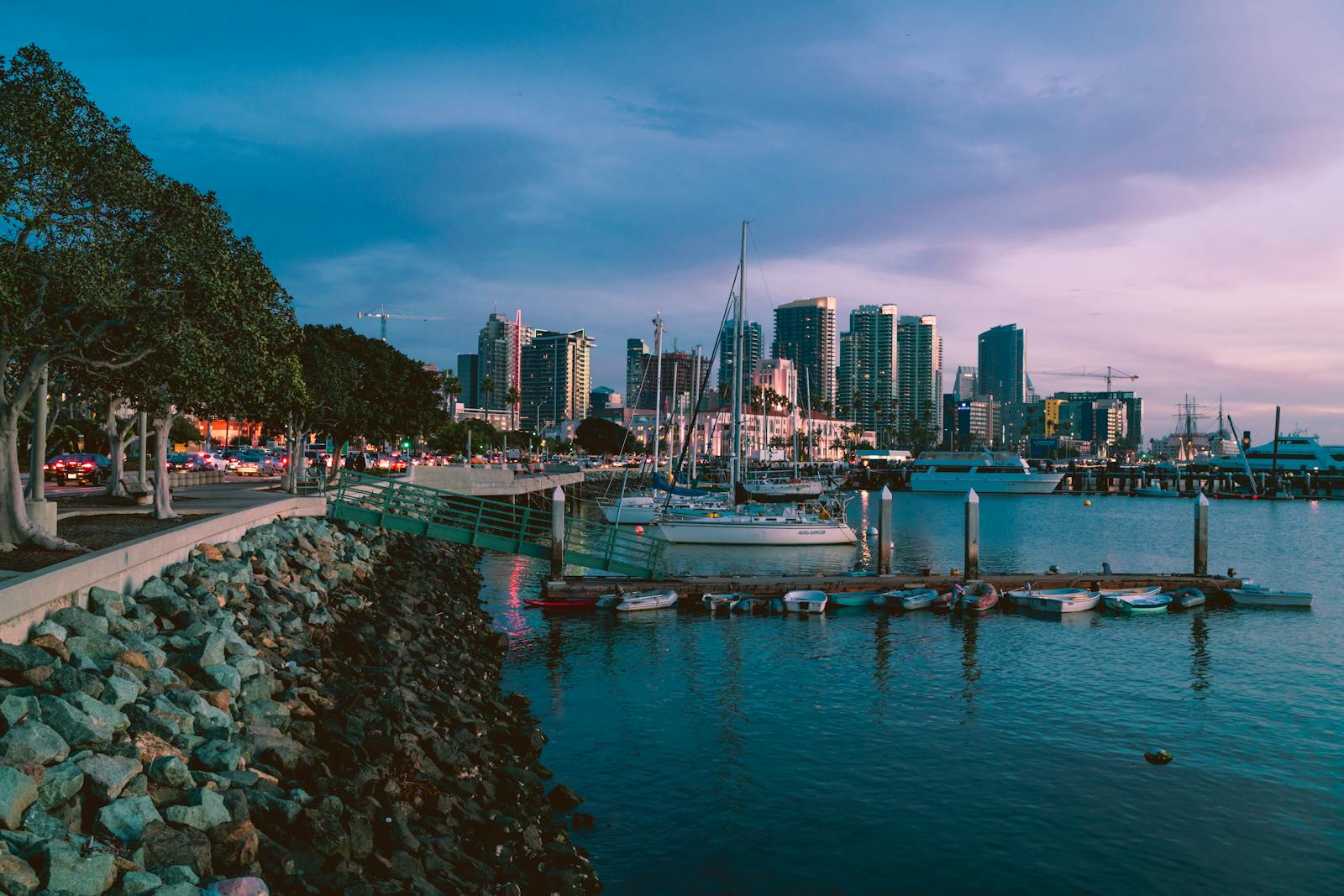New York Water Insights
Overall Score
New York Water Insights
Overall Score
New York Water Insights
✅ Overall Score
🏙️ Urban Planning Score
🌊 Flood Zones Management
📏 Water Levels
🏞️ Lakes and Reservoirs
🏖️ Beaches Score
🔧 Water Technologies
🏭 Desalination Plants
🌧️ Rain Capture Systems
🏞️ Rivers Score
🌊 Dams Score
🚰 Drainage Score
🌿 Sustainability Score
🌡️ Climate Vulnerability Score
💦 Water Quality Score
🌊 Water Flow Score
⚖️ Water Rights Score
🎣 Fishing Score
🚣 Recreation Score
☁️ Weather Patterns Score
🐟 Aquatic Life Score
🚢 Shipping and Ports Score
🏗️ Infrastructure Score
🌱 Native Flora Score
🦆 Wetlands Score
🏡 Residential Water Use
🏢 Commercial Water Use
🏥 Public Health Score
🗺️ Geographic Features Score
🛑 Water Restrictions Score
📊 Water Usage Statistics
🌐 Global Impact Score
📚 Educational Programs Score
🤝 Community Engagement
🏆 Awards and Recognition
📜 Historical Sites Score
🚨 Emergency Preparedness
🌈 Water Conservation Score
🛒 Water Market Score
🌍 Continent
North America
🚩 Country
United States of America
👥 Population
~8.3 million (2023)
💧 Water Management System
Supplied by a vast reservoir network, including the Catskill/Delaware and Croton systems, delivering ~1 billion gallons of water daily.
🌊 Flood Zones
Coastal areas, low-lying neighborhoods, and areas near the East River and Hudson River are at risk.
📏 Water Levels
Managed through reservoirs, tunnels, and aqueducts; levels fluctuate based on seasonal demand and precipitation.
✈️ Living & Working Remotely
🏞️ Lakes and Reservoirs
19 reservoirs and 3 controlled lakes, including Kensico and New Croton Reservoirs.
🏖️ Beaches
Notable beaches include Coney Island, Rockaway Beach, and Orchard Beach. Checkout CoolContrast
🔧 Water Technologies
Advanced filtration, ultraviolet disinfection, automated monitoring systems, and green infrastructure.
🏭 Desalination Plants
None; relies on freshwater sources.
🌧️ Rain Capture Systems
Implemented in green rooftops, bioswales, and stormwater collection initiatives.
🏞️ Rivers
Hudson River, East River, Harlem River, and Bronx River.
🌊 Dams
Key dams upstate control reservoir output, including the Croton Dam.
🚰 Drainage Systems
Combined sewer system managing stormwater and wastewater.
🌿 Sustainability Initiatives
NYC Green Infrastructure Plan, water conservation incentives, and permeable surface projects.
🌡️ Climate Vulnerability
At risk of sea-level rise, flooding, and heavy storm events due to climate change.
💦 Water Quality Index
Maintained at high standards, with rigorous testing for contaminants. Go to Tap Water to learn more.
🌊 Water Flow Rate
Varies across distribution points; regulated to ensure efficiency.
⚖️ Water Rights and Regulations
Governed by the NYC Department of Environmental Protection and state/federal regulations.
🎣 Fishing Conditions
Available in Central Park, Hudson River, and other designated areas with strict guidelines.
🚣 Recreational Water Activities
Boating, kayaking, and paddleboarding in the Hudson and East Rivers.
☁️ Weather Patterns
Humid subtropical climate with four distinct seasons, affecting water demand.
🐠 Aquatic Life
Includes striped bass, bluefish, oysters, and various freshwater species in reservoirs.
🚢 Shipping and Ports
Major hub via the Port of New York and New Jersey, handling vast global trade.
🏗️ Water Infrastructure
Extensive tunnels, aqueducts, reservoirs, and pumping stations ensure efficient supply.
🌱 Native Flora
Wetland grasses, oak trees, and salt-tolerant plants along shorelines.
🦆 Wetlands
Preserved in Jamaica Bay, Staten Island Greenbelt, and the Bronx River estuary.
🏡 Residential Water Usage
High due to dense population; encouraged conservation efforts.
🏢 Commercial Water Usage
Heavy use in skyscrapers, hospitality, and industrial facilities.
🏥 Public Health and Water
Monitored rigorously; free lead testing programs and water safety reports are available.
🗺️ Geographic Features
Coastal plains, estuaries, rivers, and urbanized landscapes.
🛑 Water Restrictions
No mandatory restrictions, but voluntary conservation measures are promoted.
📊 Water Usage Statistics
~1 billion gallons consumed daily across all sectors.
🌐 Impact on Global Water
NYC serves as a model for urban water conservation and infrastructure.
📚 Water Education Programs
School curriculums, DEP-led workshops, and public outreach campaigns.
🤝 Community Engagement in Water Conservation
Public rebates, conservation grants, and sustainable design incentives.
🏆 Awards and Recognition for Water Stewardship
Recognized nationally for high water quality and innovative infrastructure.
📜 Historical Water Sites
Old Croton Aqueduct, High Bridge, and the New York Public Bathhouses.
🚨 Emergency Water Preparedness
Reservoir reserves, rapid-response flood mitigation plans, and climate adaptation strategies.
🌈 Water Conservation Efforts
NYC Water Demand Management Plan promotes efficiency in homes and businesses.
🛒 Water Market and Economy
Water rates regulated by NYC Water Board; economy tied to water-intensive industries.
💼 Economic Impact of Water
Supports real estate, tourism, shipping, and public health sectors.
Community & Education in New York City’s Water Management
New York City prioritizes public engagement, education, and conservation awareness to ensure residents, businesses, and schools understand the value of water sustainability. Through government initiatives, school programs, and community partnerships, NYC promotes responsible water use, infrastructure awareness, and environmental stewardship.
📚 Water Education Programs
✔ DEP’s Water Education Program – The NYC Department of Environmental Protection (DEP) offers curriculum-based learning for K-12 students, covering water treatment, conservation, and climate resilience.
✔ Reservoir & Watershed Education – NYC hosts public tours, educational hikes, and exhibits at sites like the New Croton Reservoir and Catskill Watershed.
✔ Water Science Labs in Schools – Hands-on water testing and filtration experiments teach students about quality monitoring.
✔ Annual Water Conservation Challenges – Schools participate in water-saving competitions and awareness campaigns.
🤝 Community Engagement & Conservation Efforts
✔ NYC Water Demand Management Plan – Encourages residents and businesses to reduce water waste through incentives and efficiency programs.
✔ Water Bill Incentive Programs – Provides discounts and rebates for homeowners and businesses that adopt water-saving fixtures and leak detection systems.
✔ Rain Barrel Giveaway Program – Homeowners receive free rain barrels to collect and reuse rainwater, reducing stormwater runoff.
✔ NYC Green Infrastructure Grant Program – Funds community-led green projects, including rain gardens, permeable pavement, and bioswales.
✔ Public Water Testing & Awareness – The city offers free lead testing for residents, ensuring tap water safety.
🏆 Recognition & Awards for Water Stewardship
✔ Nationally Recognized Water Education Model – NYC has been praised for innovative water curriculum development.
✔ Sustainability Awards – The city receives ongoing recognition for green infrastructure and public engagement in conservation.
✔ Historic Water Conservation Achievements – NYC successfully reduced water consumption by 30% since the 1990s, despite population growth.
🚀 A Community-Driven Future for Water Sustainability
New York City’s investment in education, community-driven initiatives, and conservation efforts ensures a sustainable water future. Through public engagement and ongoing awareness programs, NYC is building a water-conscious city that values environmental stewardship.
Urban Planning & Water Management in New York City
New York City’s urban planning integrates water management, sustainability, and climate resilience to ensure a secure, efficient, and sustainable water system for its dense population. The city incorporates green infrastructure, stormwater management, and conservation policies into its urban development plans.
🏙️ Integrating Water Systems into Urban Development
✔ Smart Water Infrastructure Planning – NYC’s 19 reservoirs, 3 controlled lakes, and 6,000 miles of water mains are strategically designed to meet the needs of over 8 million residents.
✔ Green Building Standards – New developments must adhere to water efficiency codes, LEED certifications, and stormwater management regulations.
✔ Mixed-Use Water Planning – Parks, streets, and rooftops integrate rainwater capture, bioswales, and green spaces to reduce stormwater runoff.
🚰 Stormwater & Flood Management in City Planning
✔ NYC Green Infrastructure Plan – Focuses on rain gardens, green roofs, permeable pavements, and urban wetlands to manage stormwater naturally.
✔ Coastal Resilience & Flood Protection – Projects like the East Side Coastal Resiliency Project protect against sea-level rise and storm surges.
✔ Upgraded Drainage Systems – NYC’s combined sewer system is being enhanced with retention basins, stormwater tunnels, and overflow controls to prevent flooding.
🌱 Sustainable Urban Water Use & Conservation
✔ Water-Efficient Zoning Laws – New buildings must include low-flow fixtures, smart irrigation systems, and rainwater reuse.
✔ NYC Water Demand Management Plan – Encourages efficient water use in residential, commercial, and industrial areas.
✔ Urban Tree Canopy & Cooling – Increasing tree coverage reduces water evaporation and improves stormwater absorption.
🏗️ Future-Ready Water Infrastructure in City Planning
✔ Tunneling & Aqueduct Expansion – Projects like Water Tunnel No. 3 ensure redundant supply and long-term water security.
✔ Energy-Efficient Water Facilities – The city is investing in solar-powered water treatment plants and low-energy desalination research.
✔ Climate-Resilient City Planning – Adaptation strategies include elevated infrastructure, wetland restoration, and sustainable urban design.
🚀 Building a Water-Smart City for the Future
New York City’s urban planning prioritizes sustainable water management, integrating stormwater control, smart infrastructure, and green building policies. Through forward-thinking initiatives, NYC is ensuring a resilient and efficient water system for generations to come.
Sustainability & Water Conservation in New York City
New York City is a leader in urban water conservation and sustainability, implementing green infrastructure, water recycling, and smart management strategies to ensure long-term water security. With a dense population and climate risks, NYC’s sustainability efforts focus on reducing consumption, improving efficiency, and protecting water resources.
💧 Water Conservation Programs & Efficiency Measures
✔ NYC Water Demand Management Plan – A comprehensive strategy to reduce water consumption citywide, promoting low-flow fixtures, leak detection, and efficiency incentives.
✔ Water Metering & Smart Technology – Over 835,000 automated meters provide real-time usage tracking, helping residents reduce waste and detect leaks.
✔ Rebates & Incentives for Businesses & Residents – Offers discounts on water-efficient appliances, promoting conservation at scale.
✔ Rainwater Harvesting Initiatives – Encourages green roofs, rain gardens, and stormwater capture systems to reduce dependence on fresh water.
🌍 Green Infrastructure & Stormwater Management
✔ NYC Green Infrastructure Plan – Invests in bioswales, rain gardens, and permeable pavement to absorb stormwater and reduce urban flooding.
✔ Urban Wetlands & Natural Waterways Restoration – Restoring Jamaica Bay, Staten Island wetlands, and Bronx River ecosystems to enhance natural filtration.
✔ Sustainable Urban Farming & Irrigation – Promotes reclaimed water use for community gardens and urban agriculture.
♻️ Water Recycling & Reuse Initiatives
✔ Silicon Valley Advanced Water Purification Center – Expanding recycled water use for non-potable applications like cooling towers, irrigation, and industrial processes.
✔ NYC Wastewater Treatment Upgrades – Enhancing treatment plants to increase water reclamation efficiency and reduce discharge pollution.
🌡️ Climate Change Adaptation & Resilience
✔ Sea-Level Rise & Flood Protection Strategies – Investing in seawalls, levees, and wetland buffers to protect water sources from climate risks.
✔ Drought & Water Reserves Planning – Managing groundwater recharge, reservoir levels, and alternative water sources to prepare for future shortages.
✔ Energy-Efficient Water Treatment Plants – Transitioning to solar- and wind-powered water processing facilities to reduce carbon emissions.
🚀 Leading the Future of Urban Water Sustainability
New York City’s holistic approach to water conservation, recycling, and climate resilience ensures a sustainable water future. Through cutting-edge infrastructure, green initiatives, and public engagement, NYC continues to be a global leader in sustainable water management.
Public Health & Water Safety in New York City
New York City’s water system is one of the safest and most rigorously monitored in the world, ensuring high-quality drinking water, advanced wastewater treatment, and proactive public health initiatives. The city’s Department of Environmental Protection (DEP) and health agencies work together to protect residents from waterborne illnesses, contaminants, and environmental health risks.
💧 Ensuring Safe Drinking Water for Public Health
✔ NYC Tap Water Quality: 97/100 – NYC’s tap water is sourced from protected upstate reservoirs and undergoes advanced filtration, disinfection, and daily testing.
✔ Lead Testing & Pipe Replacement Programs – The city offers free lead testing for residents and continues efforts to replace outdated lead service lines.
✔ Fluoridation for Dental Health – NYC adds fluoride to the water supply at recommended levels to prevent tooth decay.
✔ Rigorous Microbial Testing – Over 600,000 water quality tests are conducted annually to ensure the absence of bacteria, viruses, and harmful contaminants.
🦠 Wastewater Treatment & Disease Prevention
✔ NYC Wastewater Monitoring for Public Health – Tracks COVID-19, influenza, and emerging pathogens to detect outbreaks early.
✔ Advanced Wastewater Treatment Plants – NYC operates 14 wastewater treatment facilities to safely process and treat 1.3 billion gallons of sewage daily.
✔ Stormwater & Combined Sewer Overflow (CSO) Management – Reduces the risk of sewage contamination in water bodies after heavy rainfall.
🚰 Water-Related Health & Hygiene Initiatives
✔ Public Hydration Stations – Installed in parks, schools, and public buildings to promote tap water consumption over sugary drinks.
✔ Cooling Centers & Water Access During Heatwaves – Free access to water is provided at designated cooling stations during extreme heat.
✔ Public Health Alerts & Emergency Water Plans – NYC has disaster preparedness strategies for water contamination, flooding, and infrastructure failures.
🌍 Environmental & Climate Risks to Public Health
✔ Climate Change & Waterborne Disease Risk – Rising temperatures increase the risk of harmful algal blooms, bacterial growth, and mosquito-borne illnesses.
✔ Air & Water Pollution Control – NYC enforces strict pollution regulations to reduce industrial discharge into local water bodies.
✔ Green Infrastructure for Cleaner Air & Water – Expanding urban tree canopies, wetlands, and permeable surfaces to improve water and air quality.
🚀 NYC’s Commitment to Water & Public Health
New York City’s robust public health and water safety measures ensure clean drinking water, advanced sanitation, and climate resilience. Through continuous testing, infrastructure upgrades, and community engagement, the city prioritizes health and safety for all residents.
Infrastructure & Technology in New York City’s Water Management
New York City has one of the most advanced and extensive water infrastructures in the world, ensuring clean drinking water, efficient wastewater treatment, and flood resilience. The city integrates cutting-edge technology, smart monitoring systems, and climate-adaptive infrastructure to maintain long-term water security for over 8 million residents.
🏗️ Water Supply & Distribution Infrastructure
✔ NYC Water Supply System – The city’s 19 reservoirs, 3 controlled lakes, and vast network of tunnels and aqueducts supply 1 billion gallons of drinking water daily.
✔ Water Tunnel No. 3 Project – One of the largest infrastructure projects in NYC history, providing redundant water supply routes to enhance resilience.
✔ 6,000+ Miles of Water Mains – An extensive underground network distributes water efficiently across all five boroughs.
🚰 Wastewater & Stormwater Infrastructure
✔ 14 Wastewater Treatment Plants – NYC treats 1.3 billion gallons of wastewater daily, preventing pollution in local water bodies.
✔ Green Stormwater Infrastructure – Includes bioswales, green roofs, and permeable pavement to reduce runoff and prevent sewer overflows.
✔ Combined Sewer Overflow (CSO) Management – NYC is upgrading its stormwater drainage system to reduce wastewater discharges into the Hudson and East Rivers.
🔬 Smart Technology & AI in Water Management
✔ Automated Leak Detection – Uses IoT sensors and AI-driven data analytics to identify and repair leaks before they cause major damage.
✔ Real-Time Water Quality Monitoring – Over 600,000 water quality tests annually, using automated sensors to detect contaminants.
✔ SCADA System (Supervisory Control & Data Acquisition) – A centralized control system monitors water flow, pressure, and treatment facilities in real time.
✔ Digital Mapping & GIS Technology – Helps track underground pipelines, detect inefficiencies, and plan infrastructure upgrades.
🌍 Climate-Resilient Water Infrastructure
✔ Coastal Flood Protection & Sea Walls – NYC is investing in storm surge barriers, flood walls, and wetland restoration to protect water facilities from rising sea levels.
✔ Solar & Renewable Energy in Water Treatment – NYC is transitioning wastewater treatment plants to solar power, reducing carbon emissions.
✔ Desalination & Alternative Water Research – While NYC does not currently use desalination, studies are exploring future technologies for emergency water supply.
🚀 The Future of NYC Water Infrastructure
New York City continues to lead in water technology and sustainable infrastructure, ensuring safe, efficient, and climate-resilient water management. With ongoing investments in smart monitoring, green infrastructure, and advanced treatment facilities, NYC remains a global model for urban water innovation.
Water Management System in New York City
New York City has one of the most advanced and efficient urban water management systems in the world, delivering high-quality drinking water, managing wastewater treatment, and ensuring long-term sustainability. Overseen by the New York City Department of Environmental Protection (DEP), the system integrates smart infrastructure, green initiatives, and climate resilience measures to serve over 8 million residents daily.
💧 Water Supply & Distribution
✔ Multi-Source Water System – NYC’s water comes from three main reservoir systems:
- Catskill/Delaware System (90%) – Sourced from pristine mountain reservoirs.
- Croton System (10%) – Supplements supply during high demand.
✔ 1 Billion Gallons Per Day – Water is delivered through a 6,000-mile network of tunnels and aqueducts.
✔ Water Tunnel No. 3 Project – A massive $6 billion project ensuring redundancy and reliability in the water supply.
🚰 Wastewater & Drainage Systems
✔ 14 Wastewater Treatment Plants – Treats 1.3 billion gallons of wastewater daily, protecting local water bodies.
✔ Combined Sewer System – Manages both stormwater and sewage, but can overflow during heavy rainfall.
✔ Stormwater Management & Flood Prevention – Includes green infrastructure, retention basins, and drainage tunnels to reduce urban flooding.
🌍 Sustainability & Conservation Initiatives
✔ NYC Water Demand Management Plan – Reducing consumption through efficiency programs and smart water metering.
✔ Rainwater Capture & Green Infrastructure – Bioswales, green roofs, and permeable pavement help absorb stormwater and reduce runoff.
✔ Public Water Conservation Campaigns – Rebates for low-flow fixtures, leak detection incentives, and water reuse projects.
🔬 Advanced Water Technology & Monitoring
✔ Automated Water Quality Testing – Over 600,000 tests conducted annually using real-time monitoring sensors.
✔ AI & IoT-Driven Leak Detection – Reduces water loss by identifying leaks in underground pipes before they escalate.
✔ Supervisory Control & Data Acquisition (SCADA) – A centralized digital monitoring system optimizing water flow and efficiency.
🚨 Emergency Preparedness & Climate Adaptation
✔ Drought Contingency Planning – Ensuring water availability during extended dry periods.
✔ Flood & Storm Surge Protection – Investing in sea walls, levees, and wetland restoration to safeguard water infrastructure.
✔ Seismic Resilience & Disaster Readiness – Strengthening reservoirs, tunnels, and treatment plants against earthquakes and extreme weather.
🚀 The Future of NYC’s Water Management System
New York City’s cutting-edge water management strategies, smart technology, and conservation initiatives ensure long-term sustainability and resilience. By integrating innovation with environmental responsibility, NYC remains a global leader in urban water infrastructure and management.
Water Resource Availability in New York City
New York City has a highly secure and well-managed water resource system, providing 1 billion gallons of drinking water daily to over 8 million residents and businesses. The city’s water supply is primarily sourced from protected upstate watersheds, ensuring high-quality, naturally filtered water with minimal treatment. However, challenges such as climate change, population growth, and infrastructure maintenance require continuous adaptation to ensure long-term sustainability.
💧 Primary Water Sources
✔ Catskill/Delaware Watershed (90%) – Supplies the majority of NYC’s drinking water, sourced from pristine mountain reservoirs.
✔ Croton Watershed (10%) – Supplementary source that supports demand surges and drought resilience.
✔ Reservoir System – NYC manages 19 reservoirs and 3 controlled lakes, ensuring long-term water storage and distribution.
✔ Groundwater as an Emergency Source – The Jamaica Wells in Queens provide backup groundwater supply if needed.
🚰 Water Storage & Distribution Capacity
✔ 6,000 Miles of Water Mains – An extensive pipeline system efficiently transports water across the city.
✔ New York City Water Tunnels – Water Tunnel No. 3 (currently under construction) ensures a redundant, uninterrupted supply.
✔ Reservoir Holding Capacity – NYC’s reservoirs can store up to 580 billion gallons of water, enough for several months of supply.
🌍 Challenges to Water Resource Availability
🚰 Climate Change & Drought Risks – Reduced snowpack in the Catskills can impact future water supply.
🌡 Population Growth & Demand Increases – Rising demand in NYC requires continuous water conservation and infrastructure upgrades.
💧 Stormwater Runoff & Contamination Risks – Urbanization increases the risk of water contamination from stormwater overflow.
🔁 Water Conservation & Sustainability Initiatives
✔ Water Demand Management Plan – NYC has reduced per capita water usage by 30% since the 1990s through efficiency programs.
✔ Rainwater Harvesting & Green Infrastructure – Encourages rainwater collection, bioswales, and permeable pavements to reduce dependence on the main supply.
✔ Reclaimed Water Use – Expansion of wastewater recycling for industrial and non-potable uses.
🚀 Securing NYC’s Water Future
New York City’s multi-source water strategy, conservation policies, and advanced infrastructure investments ensure long-term water security. Through reservoir expansions, smart water monitoring, and sustainable management, NYC continues to be a global leader in urban water resource planning.
Environmental Impact of Water Management in New York City
New York City’s water management system plays a critical role in preserving natural ecosystems, reducing pollution, and adapting to climate change. However, challenges such as stormwater runoff, wastewater discharge, and climate-related risks continue to impact the city’s waterways. The NYC Department of Environmental Protection (DEP) implements sustainability initiatives, conservation programs, and green infrastructure projects to minimize environmental harm and improve long-term water resilience.
🌿 Positive Environmental Contributions
✔ Protection of Upstate Watersheds – NYC’s Catskill/Delaware and Croton watersheds are strictly protected, reducing the need for chemical water treatment.
✔ Green Infrastructure Investments – The city promotes bioswales, rain gardens, and permeable pavement to manage stormwater naturally.
✔ Wetland Restoration & River Revitalization – Programs like the Jamaica Bay Restoration Project improve coastal resilience and biodiversity.
✔ Water Recycling & Conservation Efforts – Expanding wastewater reuse and water-efficient practices to reduce demand on freshwater sources.
✔ Sustainable Wastewater Treatment – NYC operates 14 wastewater treatment plants, using renewable energy and advanced filtration to minimize pollution.
⚠️ Environmental Challenges & Risks
🚰 Stormwater Runoff & Pollution
- Heavy rainfall overwhelms NYC’s combined sewer system, causing sewage overflows into rivers and bays.
- Industrial and chemical runoff impacts water quality in urban waterways like the East River and Newtown Creek.
🌡 Climate Change & Rising Sea Levels
- Increased flooding, saltwater intrusion, and storm surges threaten coastal neighborhoods and water treatment facilities.
- Higher temperatures accelerate algae blooms, affecting aquatic ecosystems.
💧 Groundwater Overuse & Contamination Risks
- NYC’s backup groundwater supply in Queens is vulnerable to pollution and over-extraction.
- Aging infrastructure leads to occasional lead and contaminant exposure in old water pipes.
🐟 Impact on Aquatic Ecosystems
- Pollution, boat traffic, and urban development disrupt fish populations and marine habitats in NYC waterways.
- Restoration projects have improved biodiversity, but toxic sediment and water contamination remain concerns.
🔁 Sustainable Solutions & Environmental Initiatives
✔ Stormwater Capture & Pollution Prevention – NYC is investing in green roofs, rainwater harvesting, and flood mitigation projects.
✔ Wetland & Riparian Zone Protection – Expanding coastal buffers, replanting marshlands, and restoring oyster reefs to improve water filtration.
✔ Renewable Energy in Water Treatment – Transitioning to solar-powered water treatment plants and energy-efficient pumping systems.
✔ Public Awareness & Pollution Reduction Campaigns – Encouraging waste reduction, storm drain protection, and responsible water use.
🚀 Leading the Future of Sustainable Water Management
New York City is committed to balancing urban water needs with environmental protection, integrating green technology, conservation efforts, and climate adaptation strategies. By continuously improving water sustainability initiatives, NYC is working toward cleaner, healthier waterways and a more resilient future.
More New York Water Insights & Management
Get notified on new water management news, updates & advancements in New York.
Shop Books, eBooks, Audiobooks
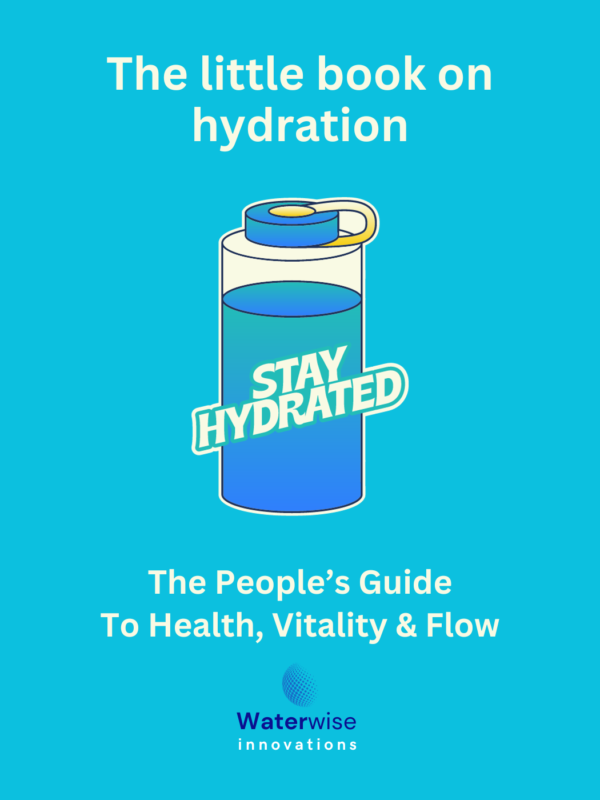
The Little Book on Hydration: The People’s Guide To Health, Vitality & Flow (Audiobook)
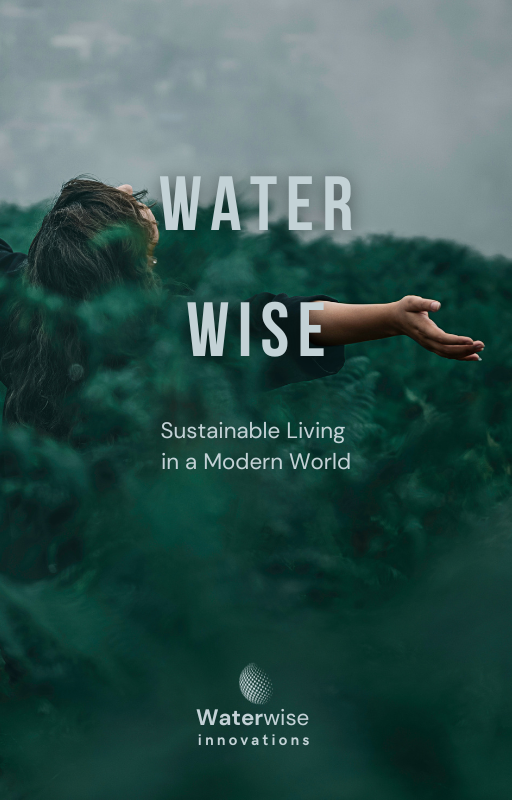
Water Wise: Sustainable Living in a Modern World
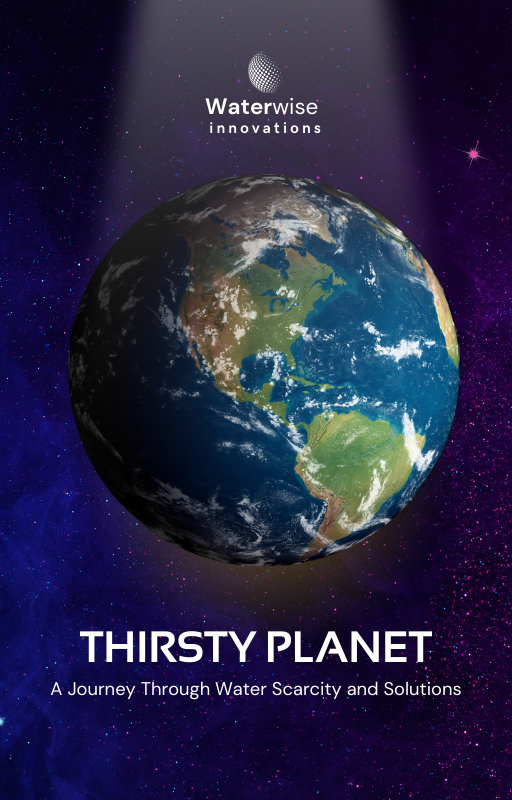
Thirsty Planet: A Journey Through Water Scarcity and Solutions
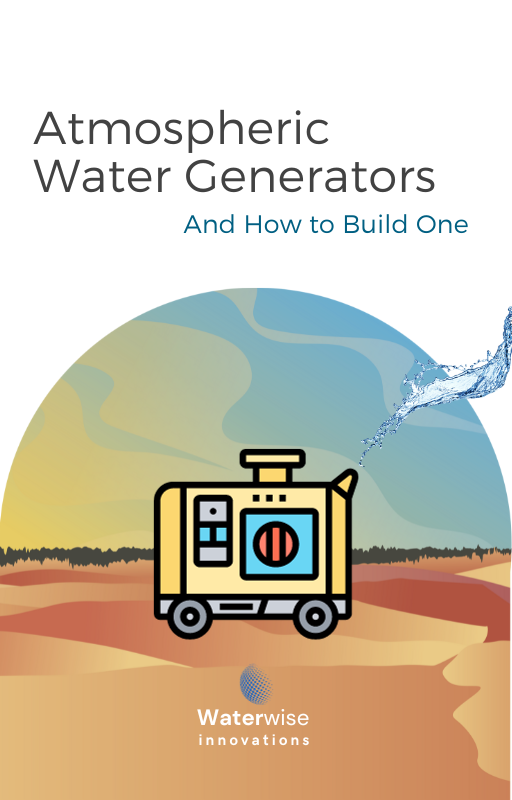
Atmospheric Water Generators: And How to Build One
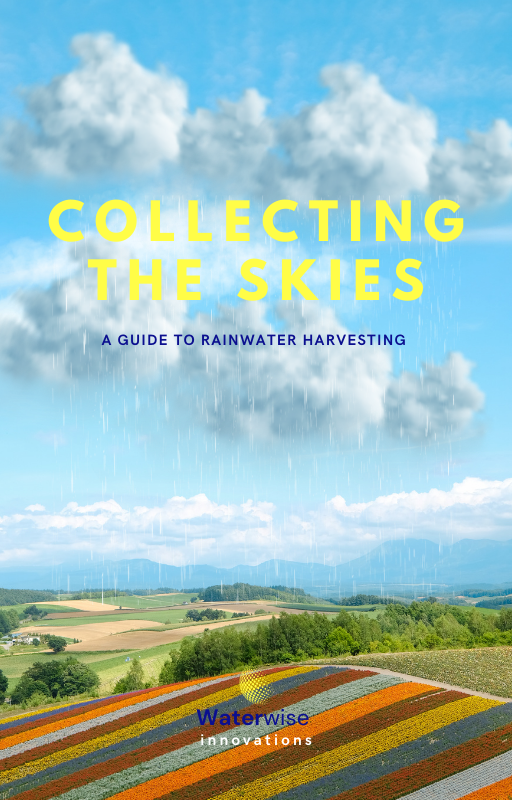
Collecting the Skies: A Guide to Rainwater Harvesting
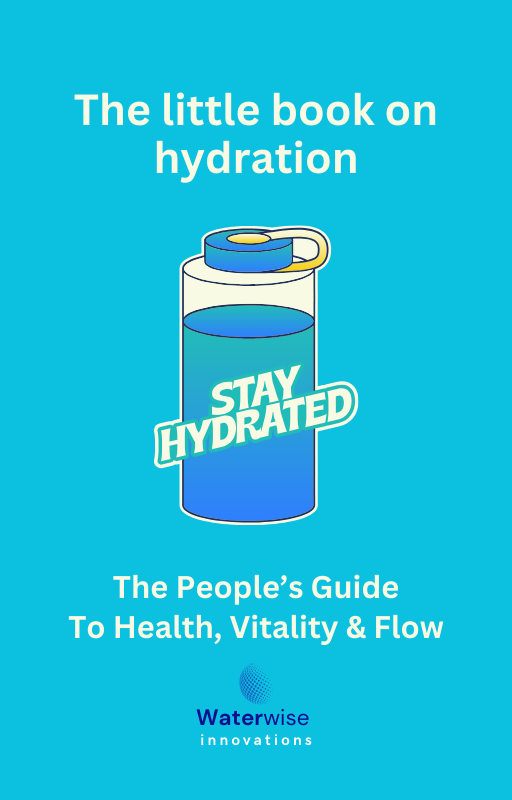
The Little Book on Hydration: The People’s Guide To Health, Vitality & Flow
Reviews of New York Water Management
There are no reviews yet. Be the first one to write one.
There are no reviews yet. Be the first one to write one.

